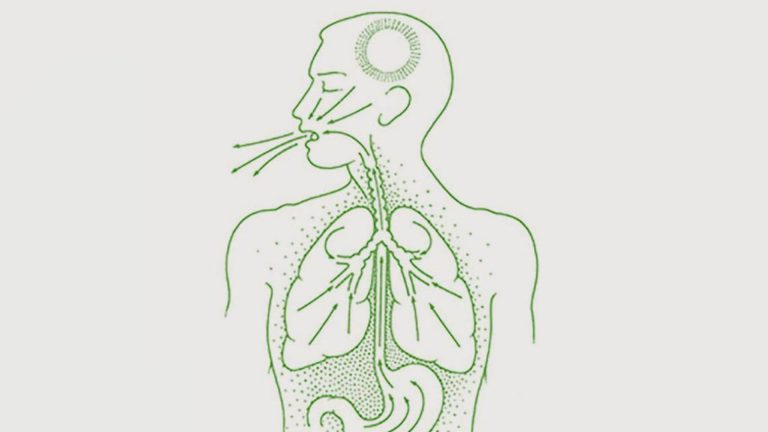Vamana therapy, an integral part of Ayurveda’s Panchakarma detoxification, involves medically induced vomiting to purge the body of accumulated toxins. This centuries-old treatment is designed to restore balance and enhance bodily functions by expelling impurities primarily affecting the upper gastrointestinal tract and respiratory system.
Understanding Vamana Therapy
What is Vamana Therapy? Vamana, or therapeutic emesis, is a controlled and systematic method of cleansing, used to eliminate the dosha (bioenergetic force) known as Kapha. Accumulation of Kapha, which typically manifests in the upper part of the body, is believed to contribute to various ailments such as asthma, chronic allergies, sinus congestion, and certain skin diseases.
How Does Vamana Work?
Vamana therapy starts with pre-procedure preparations that include internal oleation (Snehapana) and external oleation, followed by steam therapy a few days before the actual Vamana. These steps help soften the doshas and move them towards the stomach, facilitating easier expulsion.
On the day of Vamana, the patient is given a specific diet in the morning to aggravate Kapha, followed by the administration of emetic substances under the supervision of an experienced Ayurvedic physician.
Potential Benefits of Vamana Therapy
- Toxin Removal: By expelling excess Kapha, Vamana purifies the body, reducing toxin levels that can lead to disease.
- Improved Digestion: Cleansing the stomach enhances digestive fire (Agni), improving metabolism and alleviating digestive disorders.
- Respiratory Benefits: Effective in managing respiratory conditions by clearing mucus congestion from the lungs.
- Enhanced Immunity: Removal of Kapha can strengthen the body’s immune response.
- Skin Clarity: Helps in clearing the complexion by reducing the impact of accumulated toxins that affect skin health.
Who Should Avoid Vamana?
Vamana is not universally recommended. It should be avoided by:
- Pregnant women
- Children under the age of 12 and adults over 65
- Individuals suffering from heart diseases, hypertension, or severe debility
- Those with a history of esophageal varices or stomach ulcers
Preparing for Vamana Therapy
Preparation for Vamana involves both physical and mental preparation. Physically, the body must be prepared with the right diet and preliminary treatments as prescribed by an Ayurvedic practitioner. Mentally, the individual should be ready to undergo the process of induced vomiting, which, while beneficial, can be physically demanding.
The Procedure of Vamana
On the day of treatment, the procedure is generally carried out early in the morning on an empty stomach when Kapha is naturally aggravated. After drinking a specific concoction, the patient is induced to vomit under controlled conditions to eliminate the doshas effectively.
Post-Vamana Care
After Vamana, the body becomes sensitive; hence, it is crucial to follow a strict regimen to restore and maintain the digestive capacity. This includes:
- Resting for the first few hours post-treatment
- Following a specific diet starting with light foods like rice water and gradually moving to regular foods
- Avoiding physical and mental stress to allow the body to recuperate
Importance of Professional Supervision
Vamana should only be performed under the guidance of a qualified Ayurvedic practitioner. This ensures the procedure is executed safely and effectively, tailored to the individual’s constitution and health needs.
Conclusion
Vamana therapy is a profound Ayurvedic procedure that, when done correctly, can lead to significant health benefits, particularly for those suffering from Kapha-dominated conditions. However, due to its intense nature, it requires careful consideration and professional oversight. If you’re considering Vamana, it’s essential to consult with an experienced Ayurvedic doctor who can provide a thorough assessment and guide you through the process safely and effectively.
Note: While Vamana therapy is rooted in traditional Ayurvedic principles, it’s important to approach it as part of a comprehensive health plan, considering both modern medical advice and Ayurvedic wisdom.


